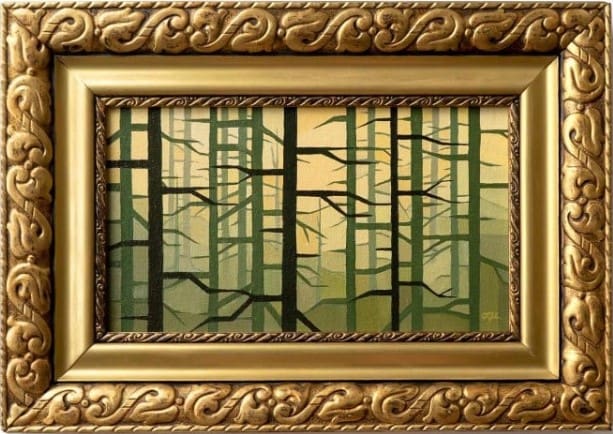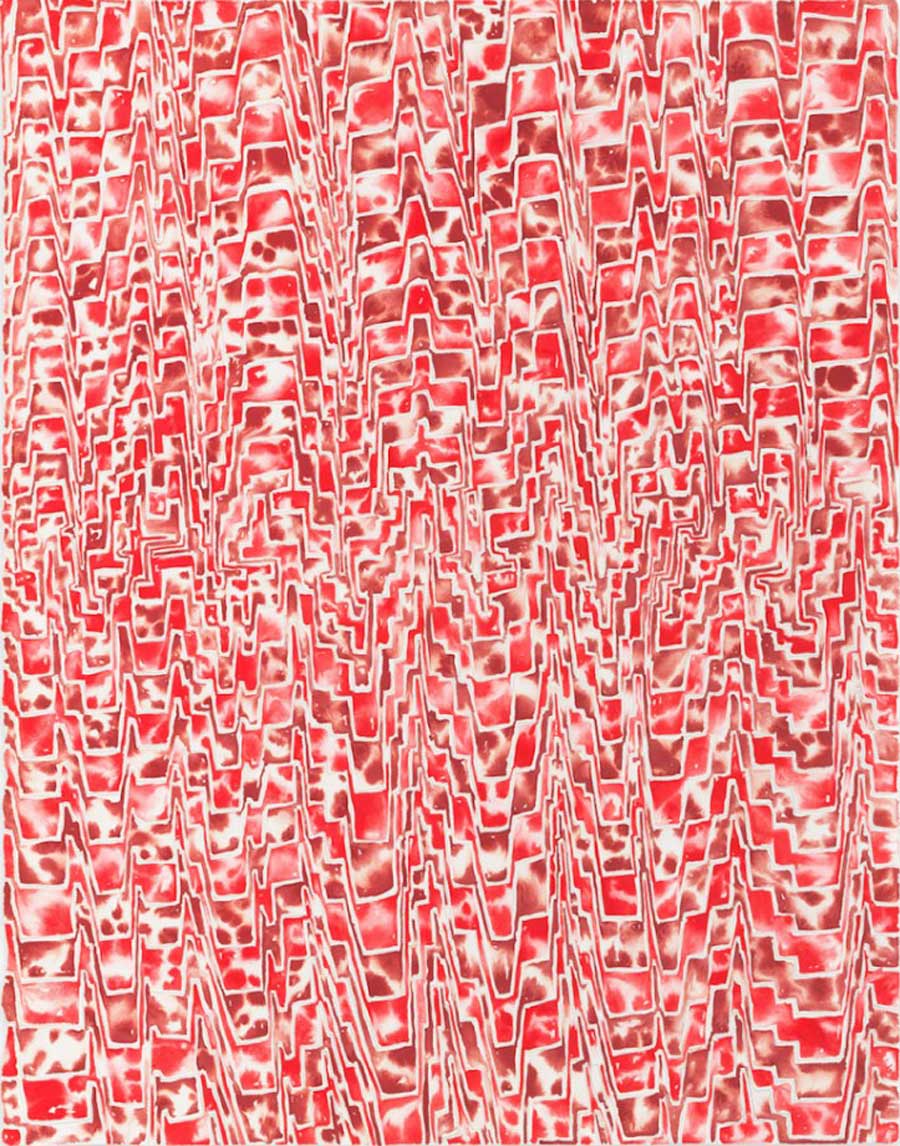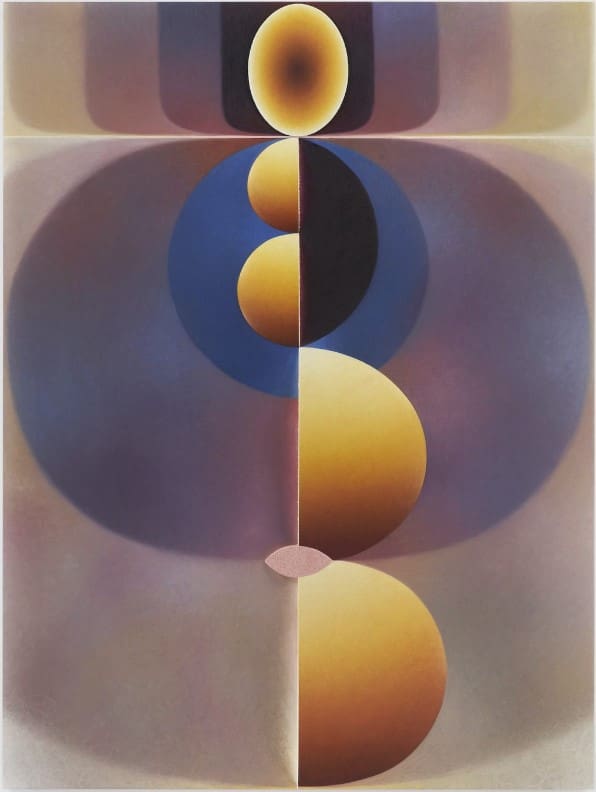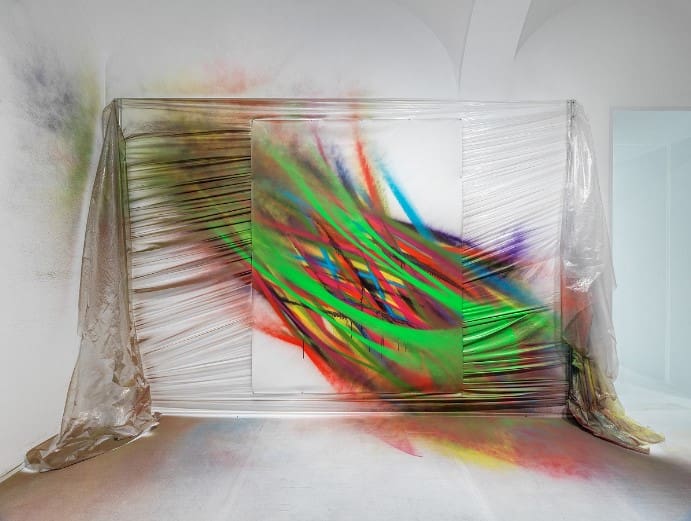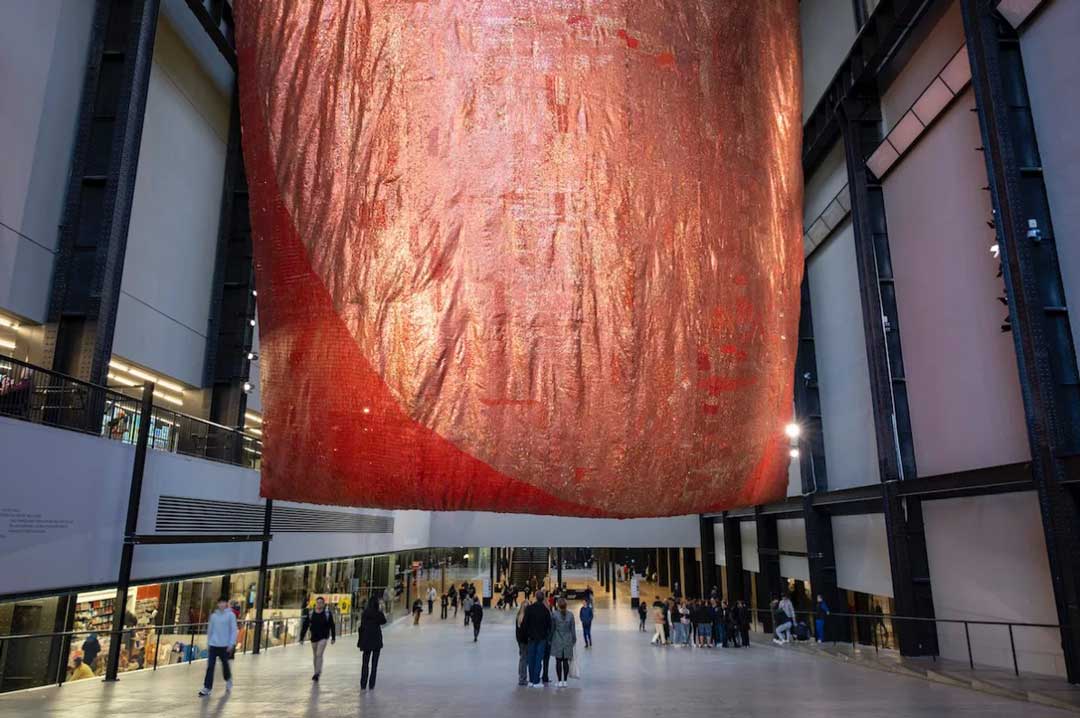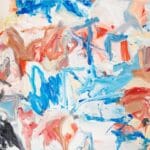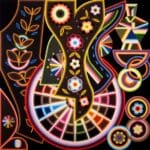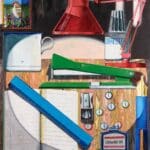Polish artist Luiza Niechoda infuses her expressive landscape paintings with a style that is uniquely her own. Her moody, atmospheric work mixes realism with geometric abstraction for an impressive result. Luckily, for students of My Modern Met Academy, Niechoda is happy to share the techniques she uses to create these pixelated landscapes.
In her Acrylic Painting Masterclass, students will not only learn how to paint her signature crisp edges, but they’ll also discover how she works with a limited color palette to great effect. As an artist, she is successful in mixing and matching hues due to her knowledge of color theory and the use of a hue matrix. By helping other artists understand her creative process, she’s also allowing them to expand their own creativity.
Read the original article here… and return to share your thoughts below.

